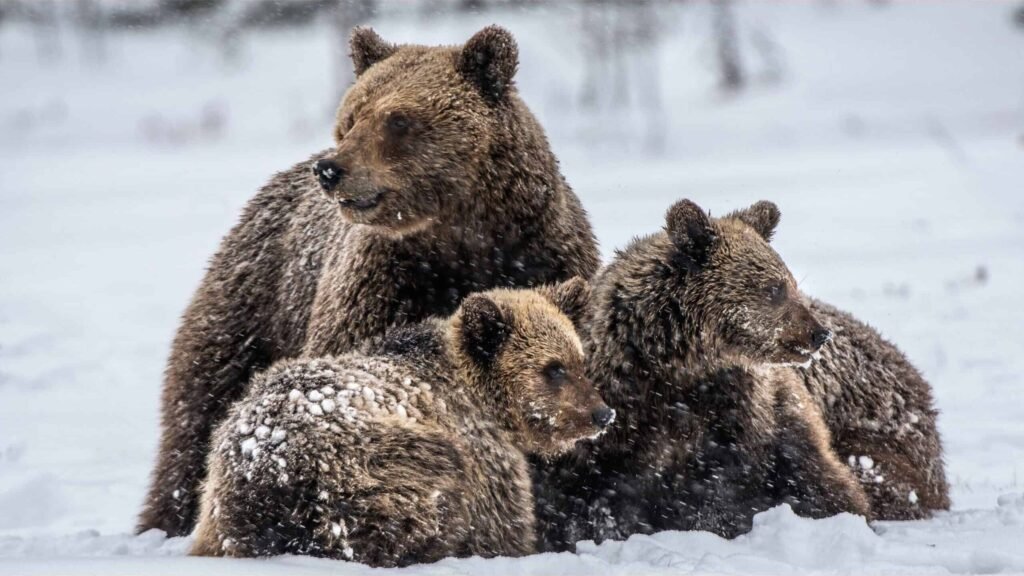Encountering a bear in the wild is a thrilling yet daunting experience. These majestic creatures, often seen as symbols of strength and wilderness, can leave even the most seasoned hikers feeling vulnerable. While it’s an unforgettable moment, knowing how to respond can be the difference between a safe encounter and a dangerous one. This article delves into the essentials of what to do—and what not to do—when you come face-to-face with a bear. Armed with this knowledge, you’ll be better prepared to appreciate these wild animals from a safe distance.
Understanding Bear Behavior
Before diving into strategies for handling a bear encounter, it’s crucial to understand bear behavior. Bears are generally not aggressive by nature; they are more interested in foraging for food than seeking confrontations. Most bear attacks occur because the bear feels threatened or surprised. Understanding that bears are instinct-driven can help you react appropriately. When a bear stands on its hind legs, it’s often trying to get a better view or smell, not preparing to attack. Recognizing these behavioral signals can make a significant difference in how you handle the situation.
Stay Calm and Assess the Situation
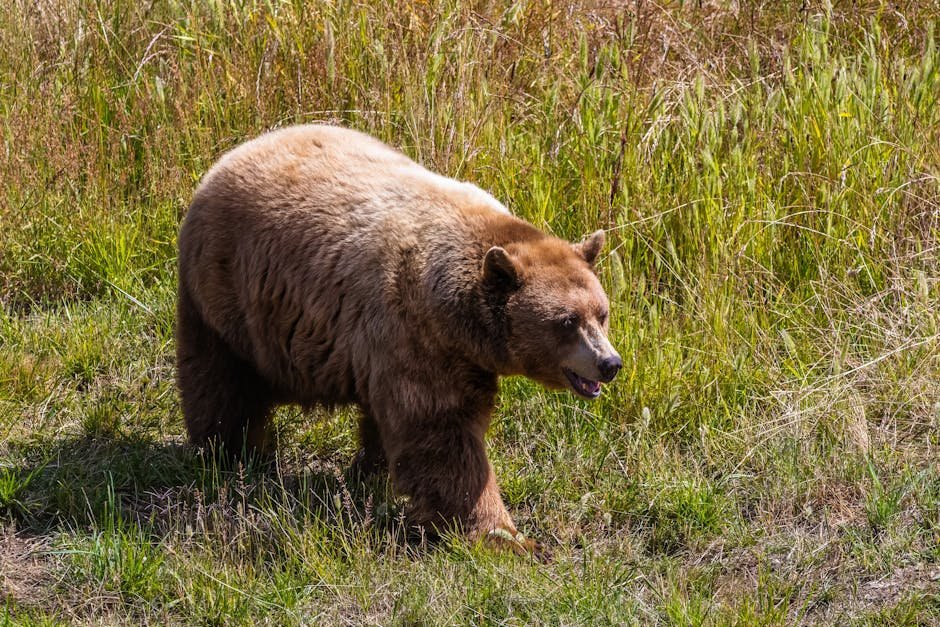
The first rule when encountering a bear is to remain calm. Panic can lead to poor decision-making, potentially escalating the situation. Take a moment to assess the environment and the bear’s behavior. Is the bear aware of your presence, or is it occupied with something else? Are there cubs nearby? Observing these details can guide your next steps. Remember that bears, like humans, can sense fear and anxiety, so maintaining composure is key.
Do Not Run
One of the most critical pieces of advice is to resist the urge to run. Bears can sprint up to 35 miles per hour, much faster than any human. Running may trigger the bear’s predatory instincts, making it more likely to chase you. Instead, slowly back away while keeping the bear in view. This approach shows the bear that you are not a threat, reducing the chances of a pursuit.
Speak Softly and Make Yourself Known
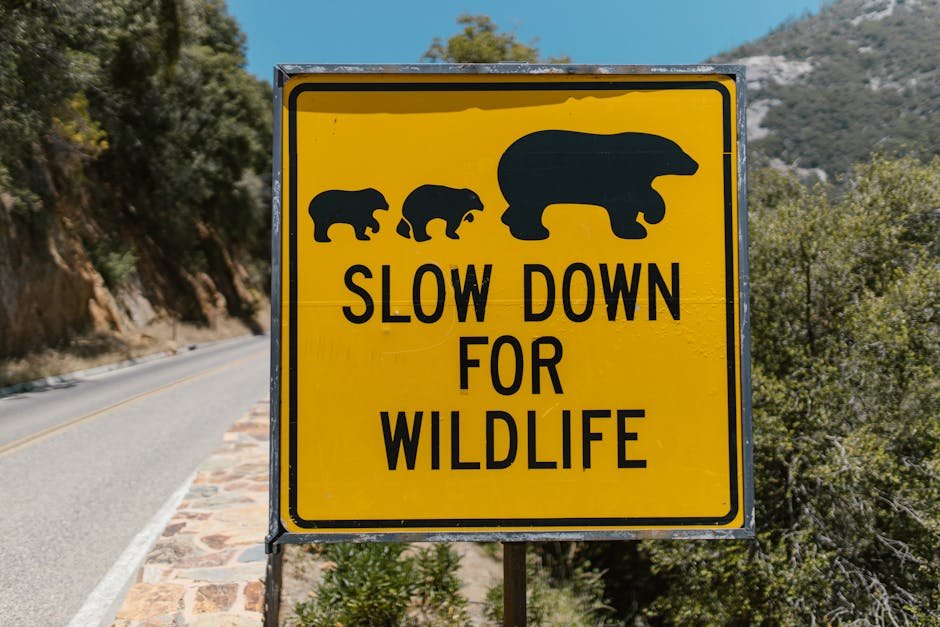
Once you’ve assessed the situation, it’s time to make your presence known. Speak in a calm, soft voice to alert the bear that you are human. This helps prevent startling the bear, which can lead to aggressive behavior. Raising your arms or holding a jacket above your head can make you appear larger, potentially deterring the bear from approaching. The goal is to communicate that you are not prey and that there is no need for confrontation.
Avoid Direct Eye Contact
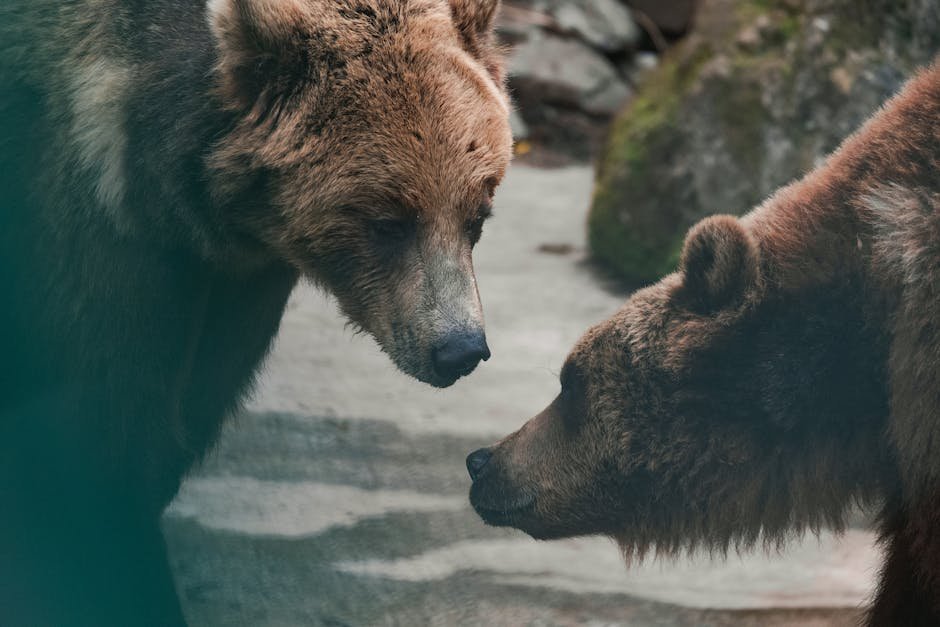
Direct eye contact can be interpreted as a challenge or threat by many animals, including bears. While it’s important to keep the bear in sight, avoid locking eyes with it. Instead, glance at the bear intermittently to gauge its movements. This non-confrontational approach can prevent escalating the encounter into a more dangerous situation.
Do Not Feed the Bear
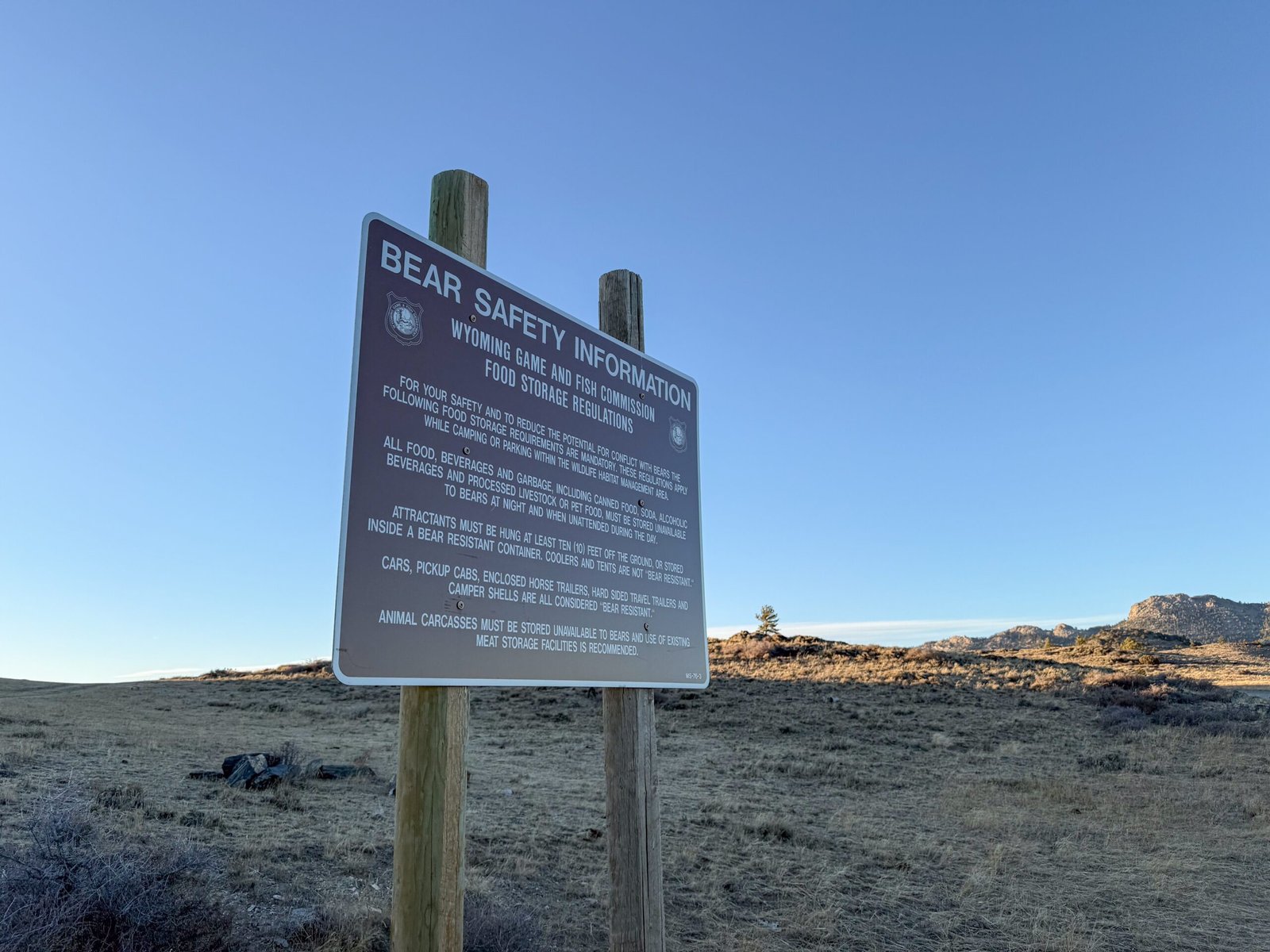
Feeding a bear, either intentionally or unintentionally, is a grave mistake. Bears that associate humans with food can become aggressive and dangerous, leading to tragic outcomes for both parties. Secure all food, trash, and scented items in bear-proof containers when camping or hiking. Remember, a fed bear is often a dead bear, as those that lose their natural fear of humans are frequently euthanized for safety reasons.
Use Bear Spray if Necessary
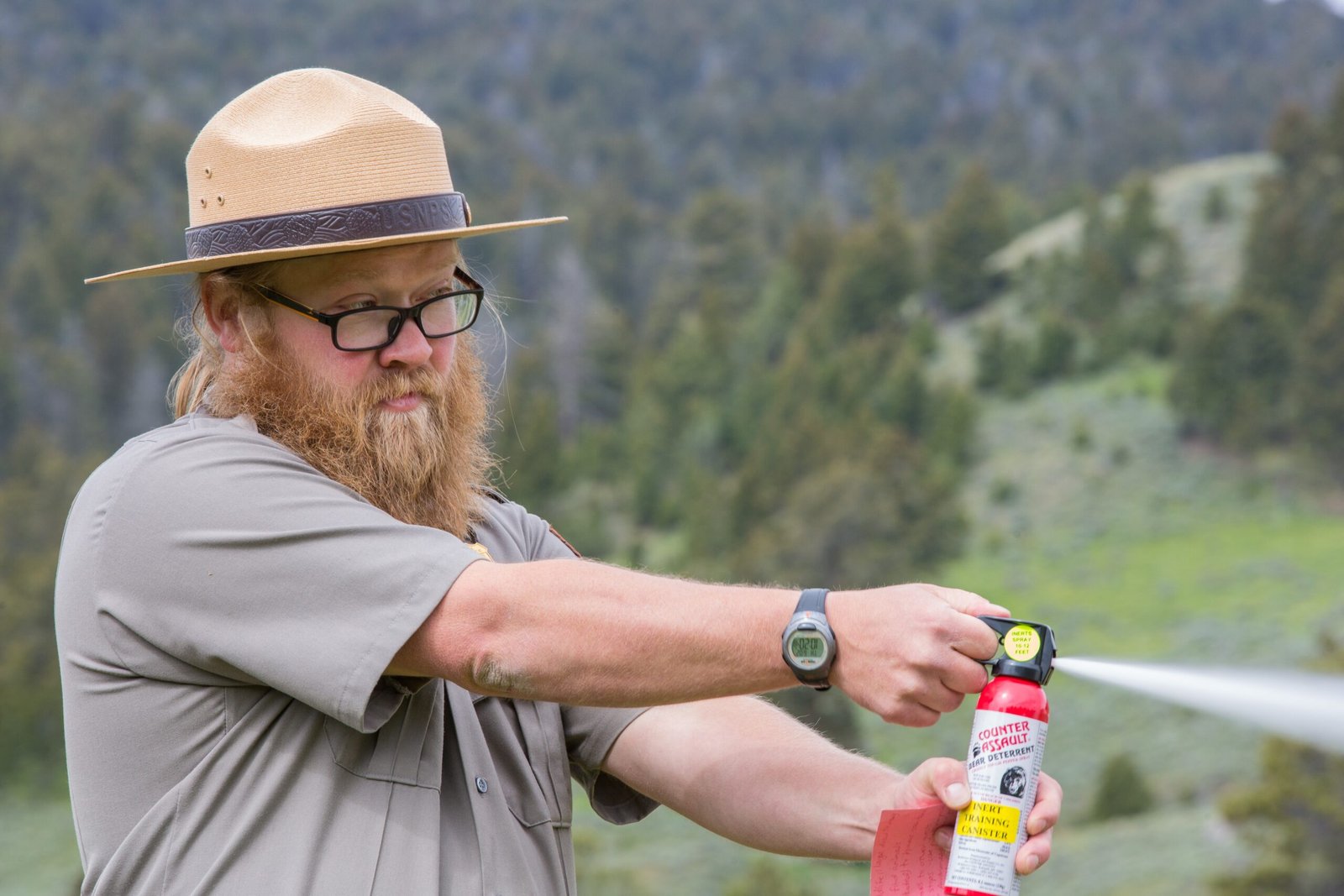
Bear spray is a non-lethal deterrent that can be highly effective in stopping a bear charge. If a bear approaches within 20-30 feet, deploy the spray in a short burst towards the bear’s face. Practice using it beforehand to ensure you’re prepared in an emergency. Bear spray should be a last resort, used only when the bear is uncomfortably close and showing signs of aggression.
Climb a Tree Only as a Last Resort
While climbing a tree may seem like a good escape plan, it’s often not the best choice. Black bears, in particular, are excellent climbers and may follow you up. If you can climb a tree quickly and safely, it might buy you some time with other bear species. However, it should only be considered if no other options are available and the bear is not showing interest in climbing after you.
Stand Your Ground if Charged
In the unnerving event of a bear charge, standing your ground can be surprisingly effective. Many bear charges are bluffs, designed to intimidate rather than harm. By holding your position, you demonstrate that you are not prey. Use your bear spray if the bear gets too close. Remember, turning and running can provoke a real attack, so maintaining your stance is crucial.
Know When to Play Dead
Playing dead is a tactic that can work in specific situations, particularly with grizzly bears. If a grizzly bear attacks, lie flat on your stomach with your hands clasped behind your neck to protect vital areas. Spread your legs to make it harder for the bear to flip you over. This position shows submission and may convince the bear that you are no longer a threat. However, if the attack persists, be prepared to fight back.
Conclusion
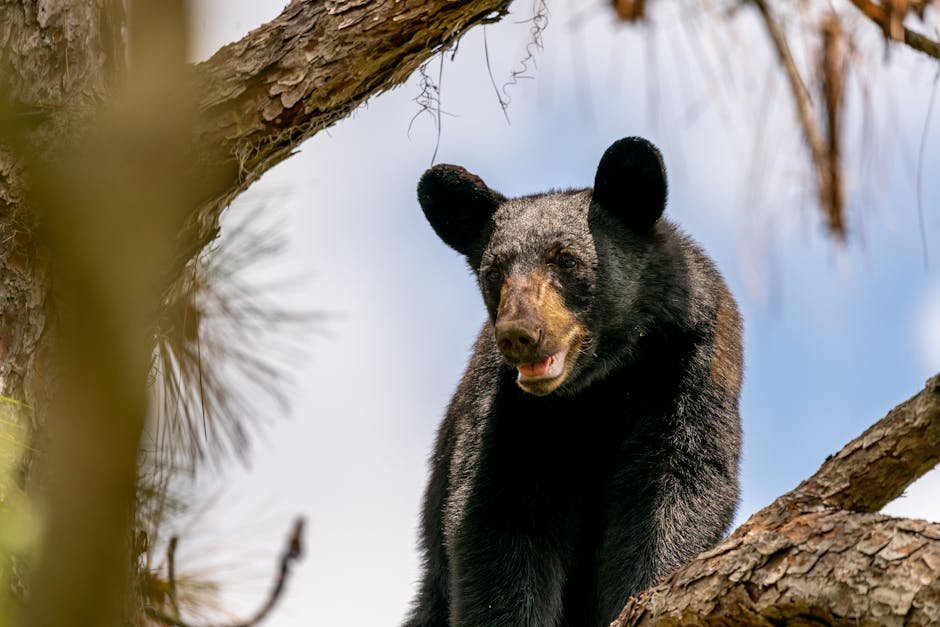
Encounters with bears in the wild, while rare, demand respect and understanding. By equipping yourself with knowledge and remaining calm, you can navigate these situations safely. Respecting their space and behavior helps ensure that both you and the bear emerge unharmed. The wilderness is a shared space, and it’s our responsibility to coexist peacefully with its inhabitants.

